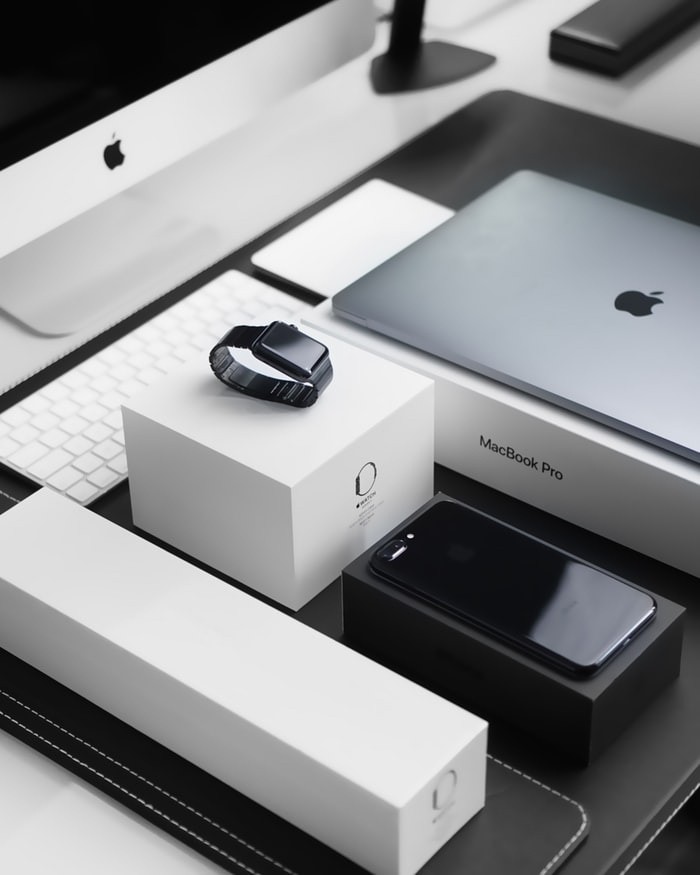
That is what two individuals claim, according to their class action complaint against Apple, Inc. filed in the District Court for the Northern District of California on December 14, 2018.
What is a Notch?
For anyone unfamiliar with the term, a "notch" is the small section on the top of the Apple iPhone (and many other cell phones) that allow the device manufacturer to install the front-facing camera. There is much debate about whether the notch is a nuisance. Some consumers do not like the notch and would prefer a smartphone without a notch. For those individuals who hate the notch, the long-awaited debut of the first images of the newest Apple iPhones was a sight for sore eyes. The notch did not seem to be present on the more expensive iPhone models.
A Lawsuit Claiming Misleading Advertising
The lawsuit filed in California alleges that Apple tried to hide the fact that there was a notch centered at the top of the screen on the more expensive versions of the new iPhone (the XS and XS Max models). In part, the lawsuit alleges that the manufacturer intentionally used certain images with a black background around the notch to make the notch-less visible in its advertising and marketing materials. Some people caught on quickly and began commenting on the situation, but merely called the tactic a clever marketing ploy.
The lawsuit takes a much different approach. It accuses Apple of intentionally trying to mislead consumers by designing the advertising materials to obscure the notch purposefully. One of the plaintiffs claimed she believed, based on the advertising images, that the iPhone XS Max she preordered would not have a notch.
The complaint alleges that Apple engaged in false advertising, misleading marketing, and false claims regarding pixel resolution. The advertising makes it appear the cell phone is "all-screen" when in fact it has a notch. Additionally, the plaintiffs allege that Apple misled consumers about the size of the screen. The screen, according to Apple, is 5.8 inches. However, the complaint claims that the screen is actually 5.6875 inches because Apple failed to consider that the corners of the device are rounded, thereby reducing the surface size.
Do These Allegations Sound a Bit Picky to You?
If so, you are not alone. The complaint points out that these issues may not be of great concern, but the fact that screen resolution is one of the major factors in judging a device's value for the price. By overstating the screen size and using that as a comparison to other cell phones, the comparisons are misleading because the iPhone products have a false screen, pixel counts.
It is not known how far the lawsuit might go through the courts and what the outcome might be for all parties involved. It will be interesting to watch to see what happens as Apple tries to defend itself against the misleading and deceptive advertising allegations.
False and Misleading Advertising
Consumers are protected against false and misleading advertising by a variety of state and federal laws. The laws are designed to prevent a business from using deceptive, false, or misleading claims about a product's price, quality, or purpose to entice consumers into purchasing the products based on false information. According to San Antonio injury firm Hill Law Firm, consumers who sue companies for deceptive advertising may receive compensation in the form of monetary damages and injunctive relief to force the company from engaging in the deceptive practice.
These types of lawsuits can be difficult to litigate and win. If you are the victim of false advertising, contact a lawyer to discuss your legal rights and options for exercising those rights. A class-action lawsuit might be an effective way for you to handle an act of consumer fraud and recover compensation for the losses and damages caused by the fraud.
ⓒ 2025 TECHTIMES.com All rights reserved. Do not reproduce without permission.




